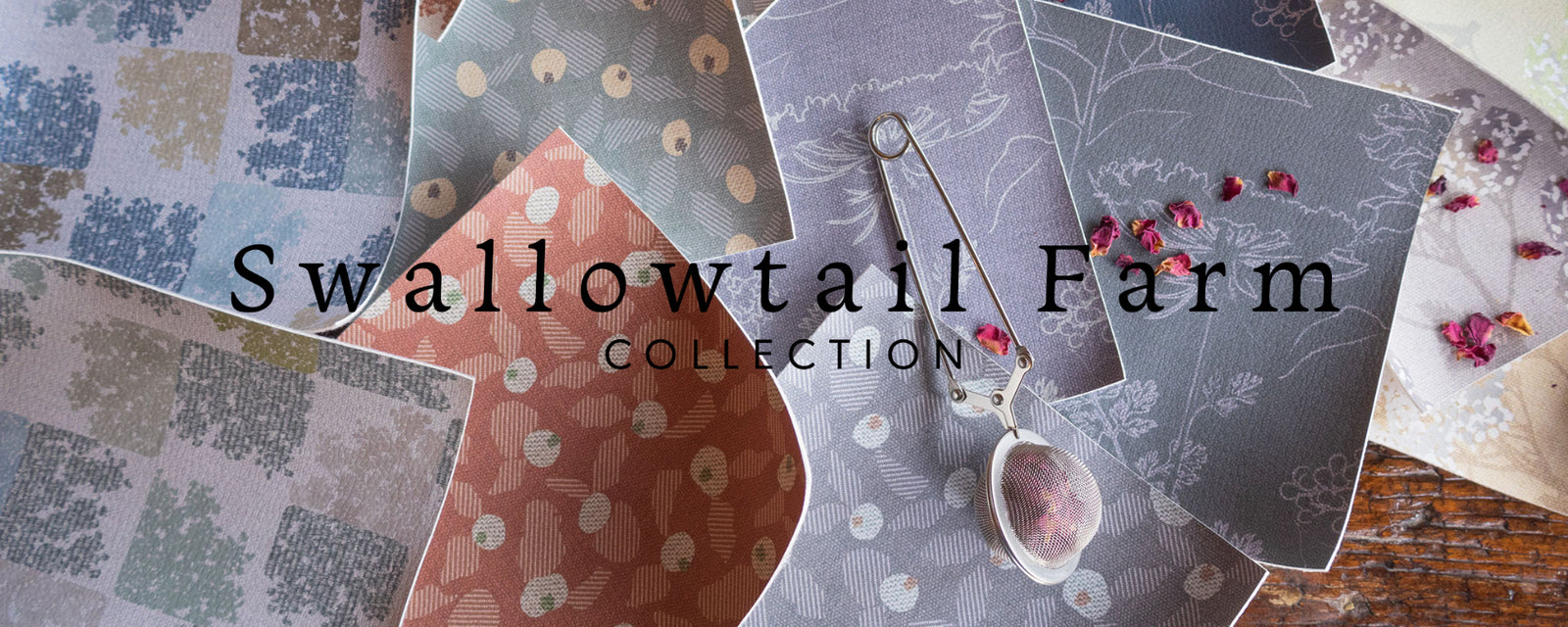Block Printing: The History & Technology
We love decorating out bodies, our clothes, and our spaces. Making that easier to do has driven innovations in design technology since prehistory. Early textile designs were hand painted or sewn, a laborious process that limited producing anything in quantity. The introduction of block printing was a leap forward that enabled mass production of multicolor printed textiles. Compared to modern technology, it may be slow and simple, but it’s still being done today because the process produces unique effects and qualities unachievable with modern machines.
Ancient History of Block Printing
The exact origins of block printing are lost in time, but they probably were born alongside early text stamping and printing. Just as scribes in Mesopotamia were embossing symbols into clay with cylinder seals, artists were probably also pressing designs into fabric. But clay far outlasts textiles, so while embossed Sumerian clay tablets dating from before 3,000 BC have been discovered, the earliest sample of printed textiles only dates back to 220 AD.
Block Printing Around the Globe
Some form of block printing has arisen in many cultures. In China and Japan it was most commonly used for images or manuscripts on paper. The adinkra cloth prints of Ghana carved calabash gourds to create patterns of small repeating symbols. In the Middle Ages, Germans used block printing to copy the luxurious Byzantine and Italian silks and brocades, sometimes even including gold or silver foil into the inks.
But it was in India that block printing really flourished. During the Mughal Empire (1500-1850), coins were in short supply, so elaborate textiles were used as a barter alternative to money. This economic incentive spurred artisans to refine and perfect their techniques while they expanded their motif vocabulary to appeal to the diverse indigenous population. They became experts in producing interlocking collections of woodblocks that included an outline, solid shapes, and accent marks.
How Indian Wood Blocks are Made
Indian wood blocks themselves are pieces of art. They are created by hand, carving away the negative space so that only the figure is left. One challenge in carving them is that they must be carved in reverse of the desired final image. For example, if you want the leaf to curl left on the fabric, then on the woodblock it has to face right. (This is especially tricky if you want to print words!)
Few of the final carved blocks are left as squares. The excess around the print area is removed to create a unique shape that fits like a puzzle piece into the pattern’s design. This is one of the techniques that guides the placement of the motif. Along with an order for which colors to print first to last, the shape of the block is a vital tool in the production of India’s amazing polychromatic prints. While most designs don’t use more than 20 blocks, some of them may use 200 or more! (Saffron Marigold has wonderful detailed videos and explanations about their production process in India.)
Innovation Never Stops
The British invention of engraved roller printing in the 1780s initiated the beginning of the end of India’s dominance of the multicolor prints market. The British flooded the Indian markets with cheap roller printed goods, nearly extinguishing their wood block traditions. But enough of it survived that we can still enjoy the nuances and artistry of this 500 year old artform. Ironically, digital printing today is doing to engraved rollers what it did to the wood block print.
This blog post was written by Luise Stromberg.




